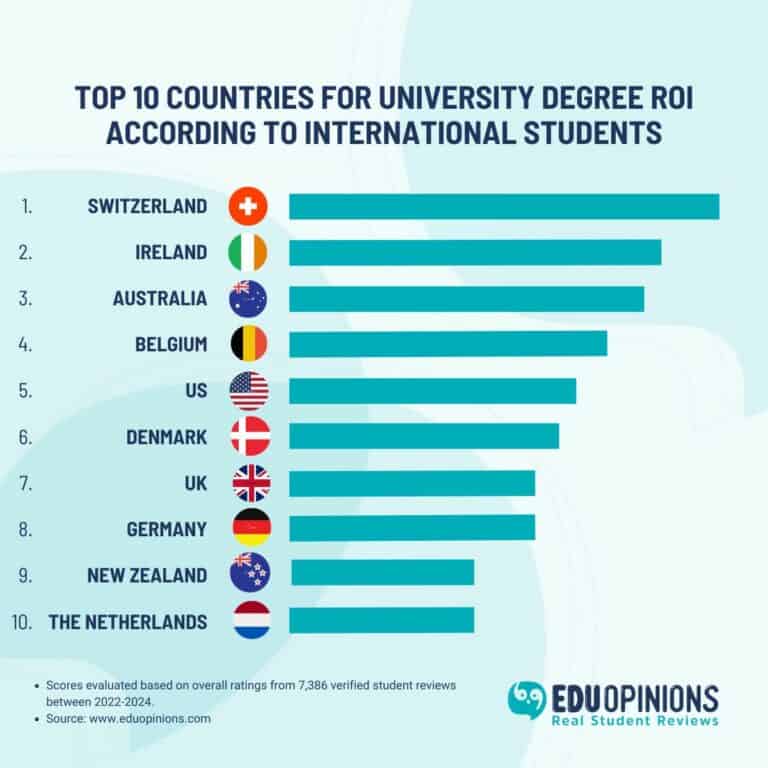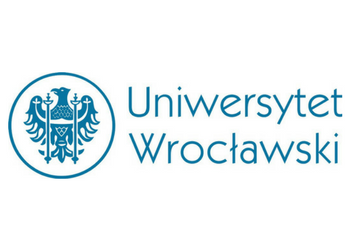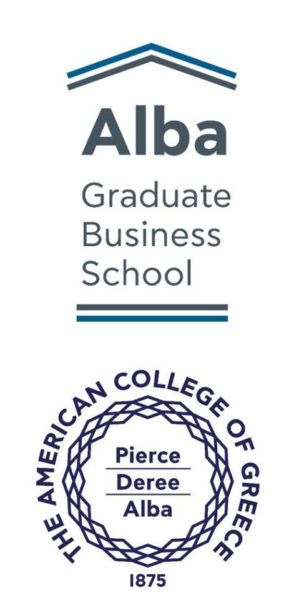If you’re struggling to climb the career ladder, then an MBA could be the ideal step up. This degree will equip you with all the skills to switch industries, get that promotion, or start a new career in a different country. Unfortunately, all those career benefits don’t come cheap, and an MBA is one of the most expensive graduate degrees out there. But what is the actual cost of studying an MBA?
In this article, we’ll guide you through all the costs you might incur while studying an MBA, in your home country or abroad. From tuition fees to living costs, this is the total cost of studying an MBA.
Cost of Studying an MBA: Tuition Fees

Tuition fees for an MBA programme vary considerably depending on the destination and business school you choose. However, because of the length of the programme (usually up to two years) and the academic rigour, tuition fees for MBA programmes are generally higher than other business master’s programme types.
At some of the world’s top MBA programmes – including schools like Harvard Business School, INSEAD, and Stanford Graduate School of Business – total tuition fees regularly exceed €90,000. Other top-ranked schools ask for upwards of €140,000 in tuition for their MBA programmes.
Let’s look in-depth at some examples of tuition fees in different areas of the globe.
United States
In general, the highest tuition fees are reported by business schools in the US. This is partly because MBA programmes in the US are generally two years, rather than the shorter, one-year programme favoured in Europe and Asia. Plus, American business schools like Harvard and Stanford have developed a reputation as top-ranked, reputable business schools. This allows them to charge more for their prestigious programs, with very high rejection rates.
For example, total tuition fees for an MBA at Columbia Business School in New York – the current number one programme in the world – hit €156,000 this year. Other reputable American business schools charge similar fees – Harvard Business School’s MBA costs €138,793
However, it is possible to find cheaper MBAs in the US, particularly outside the Ivy League. The MBA at the University of Washington Foster School of Business is ranked a top 20 programme in the US, and comes with total tuition fees of €107,177 That saves you almost €50,000 compared to Columbia’s degree.
Europe
MBA tuition fees in Europe are considerably less than in the US, but that doesn’t mean that you’ll be getting a lower-quality degree. Many European MBAs appear on prestigious MBA rankings, including INSEAD, the second-best MBA in the world. Fees for this programme are €98,500, far less than US degrees.
Additionally, European MBA programmes are usually just one year in length, meaning you don’t have to double those yearly tuition costs.
Look away from traditional top-ranked European business schools and you’ll find even lower tuition fees. Mannheim Business School in Germany appears at 56th on the Financial Times Global MBA ranking, which makes it the top-ranked school in Germany. However, their MBA tuition fees total just €42,500. This makes it one of the most affordable MBAs in Germany.
Asia
Students can benefit from favourable exchange rates when they do their MBA in Asia, and this makes tuition fees far lower than comparable programmes elsewhere in the world.
The most affordable MBA at a top-20 business school in Asia costs €59,700 – that’s at CEIBS in Shanghai, China. Other top-ranked schools in Asia like IIM Ahmedabad (€46,242) and the National University of Singapore (€64,687) also charge much lower tuition fees than schools in Europe and the US.
Elsewhere in Asia, the Asia School of Business is a relatively new institution in Kuala Lumpur, Malaysia. Tuition fees for their one-year MBA programme total just €32,390, which includes course materials and housing during study trips.
Top Tips for Evaluating The Cost of an MBA

Low tuition fees can make a huge difference to the overall cost of studying for an MBA. With tuition fees for top schools rising each year (between 2023 and 2024, tuition fees at top US schools increased by 3.3% on average), an MBA is not likely to get cheaper. However, there are ways to evaluate tuition fees on MBA courses to make sure you’re getting enough value from your programme.
- Consider the length of the degree. A two-year MBA will require two years of tuition fees, and those fees can rise between year one and year two.
- Check what tuition fees include. Do you get study abroad trips? Does tuition cover course equipment like textbooks?
- Read online student reviews. You can get useful “value for money” information from other students’ experiences. Read what they say about their tuition fees and cost of living as well as their Value ratings on EDUopinions.
- Make sure to add any other mandatory course fees to the total tuition cost. At IMD, tuition fees are €83,648, but the institution charges an additional mandatory fee of €18,298 to cover project-related expenses and access to campus facilities.
- Consider exchange rates. In the US, you’ll pay for programmes in US Dollars, and in Asia, local currencies vary. However, travelling abroad for your MBA can sometimes make your Euros go further.
- Seek out financial support. The support available varies per university, so it’s always worth investigating the options before you apply. See whether your preferred school has good scholarship opportunities, or any other schemes to help you reduce the cost.
What Other Expenses Are Part of the Cost of an MBA?

As well as your tuition fees, other costs also come into the total cost of studying an MBA. These include:
- General living costs
- Healthcare
- Travel
- Student admin fees
- Additional technology if you’re doing an online degree, like a computer, headset, desk, etc.
Plus, you have to consider the time you’re spending out of work. A two-year MBA degree means two years of lost wages (though some programmes will include time for a paid internship). Make sure to factor this lost salary into the true ‘cost’ of your programme.
With the MBA demanding such a high price tag, you’ll probably be looking for ways to reduce the overall cost – and luckily, that is possible.
Top Tips for Reducing Costs on Your MBA Programme

Choose a more affordable country
As well as tuition fees, living costs can make up a huge proportion of the cost of your MBA degree. If you choose to live in an expensive city, like New York, London, Paris, or Singapore, then you’ll need considerably more money to support yourself.
If you want to reduce your expenses, consider studying in a more affordable country or city.
Choose the right living arrangement
Many business schools have dorms available for international students, where you can live with other students and share costs like electricity and internet. In general, living in university accommodation can make your overall study experience much cheaper, especially if your dorm has meals included.
If you’re diving into the private rental market, consider sharing accommodation with other international students so you can split bills and rent.
Employer sponsorship
An MBA degree requires significant work experience – often up to five years. This means that many students are already working full-time before the start of their programme. Consequently, some students apply to an MBA with employer sponsorship, which means that their company pays for some or all of your tuition fees.
Some companies may have a programme in place that allows employees to pursue an MBA for free or part-funded. If not, you can approach your employer and lay out the benefits to the company from you doing an MBA.
The Return on Investment of An MBA Degree

Another important factor in the overall cost of studying an MBA is your return on investment (ROI).
By doing an MBA degree, you’re setting yourself up for a significant salary boost. For example, Harvard Business School graduates get a median salary of €162,120 after graduating. The median annual salary for INSEAD graduates is €102,000. While an MBA may be expensive, you also get career opportunities out of it – and this is why figuring out ROI is important.
An ROI tells you how long it’ll take you to recoup your investment in your MBA programme, and what your overall return on your investment might be. It’s an important calculation and can help you decide between different schools based on their tuition fees and what the average earnings of graduates are.
Example Calculation
Your current salary is €50,000 per year. You’d like to attend INSEAD, where tuition fees are €98,500 for one year. Living costs for the programme are estimated to be around €25,310.
Firstly, add these sums together. = €173,810. This is your total cost of studying an MBA at INSEAD, including the year’s salary you lose from being a student full-time.
Next, figure out your approximate graduate salary. At INSEAD, the median graduate salary is €102,000. That’s a €52,000 increase on your current yearly salary.
Now, divide the total cost of your MBA by the salary increase you expect. €173,810/€52,000 = 3.3. This is the number of years it’ll take for you to recoup your total investment, including your lost year of salary and living costs.
You can also calculate your 10-year ROI. That’s how much extra you’ll be earning in ten years compared to if you didn’t do an MBA.
First, multiply your post-MBA salary by 10 to account for 10 years. = €1,020,000
Then, subtract 10 years of your pre-MBA salary. €50,000 x 10 = €500,000.
€1,020,000 – €500,000 = €520,000
Finally, take away the cost of your MBA, which was €173,810. = €346,190.
This final sum is your total 10-year ROI of your MBA. That’s not a bad return on investment, is it?
Conclusion
An MBA is undoubtedly an expensive degree. However, when considering the cost of studying an MBA, you also have to take into account the professional and personal growth you’re getting from the programme, as well as the other costs outside of tuition fees.
According to BusinessBecause’s Cost of MBA Report, the average total cost of doing an MBA this year is €187,318, including living costs, healthcare, and other fees. But considering the return on investment, this sum probably doesn’t seem so scary.
Now that you know how to calculate ROI and what the average costs of studying for an MBA are, maybe it’s time to start your application. If so, check out our article on How to Get a Good Recommendation Letter for an MBA.
Recent Posts

The moment you transfer the first tuition fee payment to your university, you'll be thinking of how you can recoup that investment. This is ...

For professionals with a few years' experience already, an MBA can be a great way of boosting your career prospects. From changing jobs or industries ...

Studying abroad for a semester or a full year can be an incredibly enriching experience. You'll get to experience a new culture, meet new people, and ...







